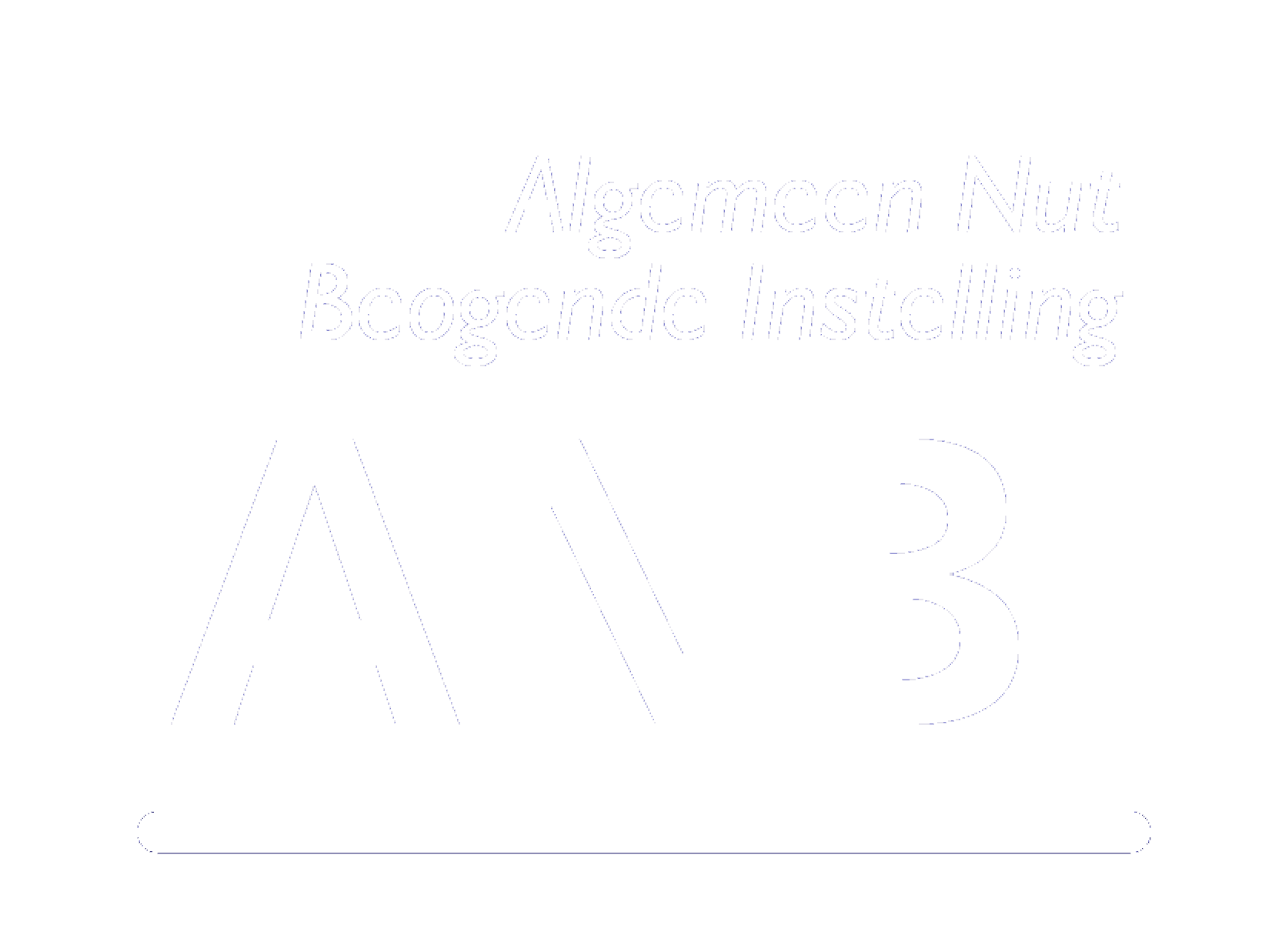Solutions
When the plastic soup is discussed, solutions as ‘recycling’ or ‘circular economy’ are often mentioned. Theoretically, no plastic would end up in the environment if all the used plastic would be recycled and reused as virgin material. Unfortunately, the reality is less bright.
- to recycle all plastic is technically complicated;
- which makes the cost for collecting separated plastic and recycling high (for most countries too high);
- because new (virgin) plastic is very cheap and of better quality than recycled plastic, producers rather choose new plastic;
- a lot of the plastic ends up in the environment because of wear and can as such not be recycled.
Should we forget about recycling? No, we have to tackle the plastic soup on all levels, including improved recycling. But recycling doesn’t prevent plastic from polluting the environment, no matter how hard we try. So what can we do?
- produce less plastic (absolute reduction);
- choose for alternative materials;
- Reuse packaging (such as bottles in a deposit system).
In other words, it’s not easy to solve the plastic soup problem, but there are solutions imaginable!
We prefer small-scale and financeable solutions which are easy appliable. It’s about using method that are employable on a local level. Especially in countries or regions in desperate need and without proper resources, it’s very important to offer solutions directly contributing to a less polluted environment.
On this page we show a representative overview of solutions, among which methods for cleaning up and processing plastic. Such solutions are on it’s own meaningful because they take plastic out of the environment or offer it a second life, but they don’t contribute to a significant reduction in plastic production. This brings along the danger of greenwashing; corporations fully supporting these solutions, but not reducing their own plastic production.
We seperated the solutions in three main groups:
To prevent
The best way to battle plastic in the environment is to prevent it from ending up there in the first place. Here you can read which products, materials or processes can reduce plastic leakage to the environment.
To clean up
In this section we shine light on intelligent methods and systems to retrieve plastic from the environment. Here the following applies: the closer to the source, the more effective. These solutions consist of products, installations or (natural) processes removing plastic from the environment.
To process
To utilize plastic as raw material is not an easy task and often requires a lot of research and big investments. In this section we shine light on simple and locally applicable systems which are suitable for remote areas. This requires small-scale installations or processes which process plastic into products with a long lifespan or convert it into materials that can be useful locally.
Every solution can, depending on applicability, be rated on a scale from 1 to 5 on the basis of the following criteria:
- (expected) efficiency;
- process;
- Maturity level;
- (expected) effectiveness, feasibility and scalability;
- social dimension.
These ratings have been awarded on the basis of current insights from Plastic Soup Foundation. Correspondence about the ratings is not possible.






